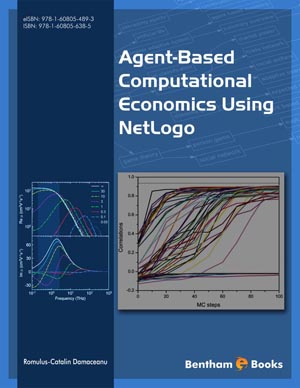Abstract
In the present scenario, due to urban development and population growth, the usage of transportation has increased significantly. This has caused serious issues of traffic congestions, accidents, lack of lane discipline, etc. Due to this reason, the Government of India has come up with a new initiative of building 100 smart cities. The main aim of smart cities mission is to build well-sophisticated roads and infrastructure to accommodate all the commutation needs. This project also helps to construct smart pavements for the future use of introducing autonomous vehicles to make traveling safer and comfortable for the people. The transportation network in smart cities uses various technologies like sensors and data acquisition devices integrated with networks to monitor the movement of vehicles on the road. The data obtained from sensors is processed by DAQ devices to provide surrounding information to network and vehicles to travel without any problem of delay. The processed data is huge to store in local hardware and difficult to share between the nodes. The captured data from the monitoring devices is saved for future uses. Big Data analytics is used to assess and filter out crucial elements of the processed data and it is stored for future use. The predictions of traffic are made by using various analytical methods. This chapter focuses on the technologies being used for the integration of sensors with DAQ devices via wireless communication technologies in the transportation network. The integrated network of sensors and DAQ devices is implemented in traffic management, lane discipline, parking management, environment assistance systems, reduces pollution and accidents.
Keywords: Autonomous vehicles, Big Data analytics, Cloud computing, DAQ, ITS, Sensors, Smart grid, Transportation networks.






















